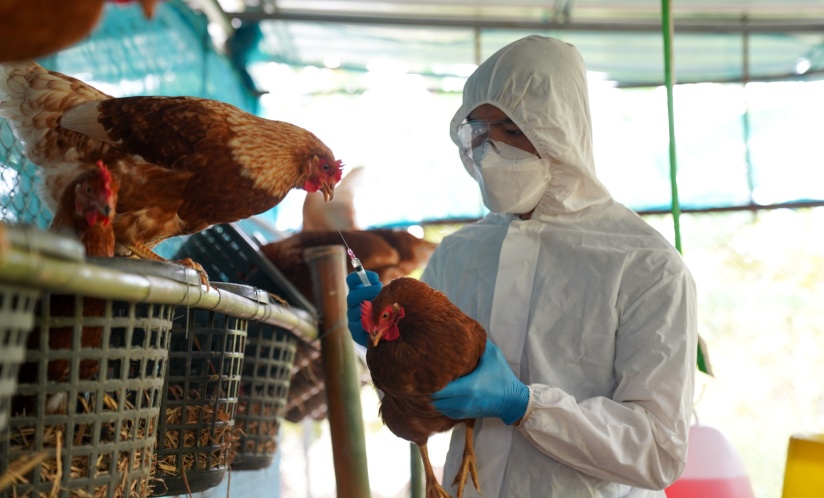Bird Flu Update: Four Questions with Jodie Guest

On January 6, the Centers for Disease Control and Prevention (CDC) confirmed the first human death from H5N1 bird flu in the U.S. Since the start of the outbreak in early 2024, there have been 66 confirmed cases in humans in the country, the majority of whom were exposed through contact with cows or poultry.
In this interview, Jodie Guest, PhD, professor of epidemiology at Emory’s Rollins School of Public Health, answers our most pressing questions about recent bird flu developments.
The current bird flu outbreak started in spring 2024, but there have not been any human deaths in the U.S. before now. What conditions may have led to this death?
The person who died from bird flu was a person with underlying health conditions and was over the age of 65, both of which increase the risk for developing severe disease. They were infected after they came into contact with sick chickens in their yard.
The CDC recently reported that some samples of bird flu taken from more severely sick patients showed signs of having mutated to be able to better attach to human cells. What does this mean for disease transmission?
When a virus mutates, we need to keep a close eye on how that affects transmission. Viruses can mutate in ways that make transmission easier or harder. So far, the latest mutation is concerning but has not changed the overall risk to the public, which remains low.
Is the general public any more at risk now than they were before these recent developments?
At this time, no. This virus is being carefully watched to assess any increased risk to humans. There has been no person-to-person spread to date.
What can be done, at an individual or community level, to curb the spread of bird flu before more (potentially more serious) mutations happen?
An important part of stopping the transmission of viruses is to track them. The CDC is using its flu surveillance systems to monitor H5 bird flu activity in people, and the U.S. Department of Agriculture is tracking cases among cattle. For people who have contact with birds or cattle, it is important to watch for sick animals and practice good hygiene. It is also important for everyone to stay away from raw milk.